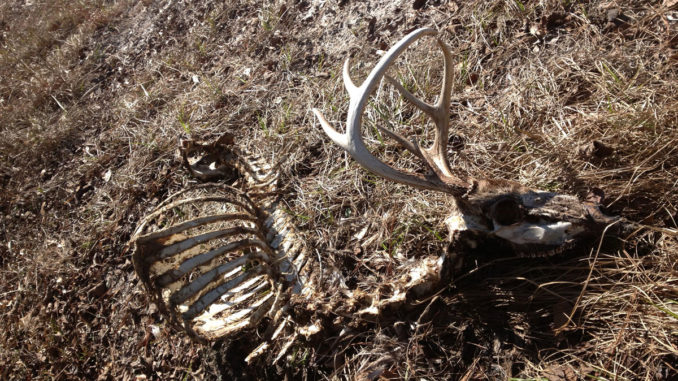
Disease in the whitetail woods is responsible for annual mortality that can be significant some years. Epizootic hemorrhagic disease (EHD or blue tongue) is the main culprit in the Carolinas.
EHD outbreaks occur in the summer when high rainfall promotes small, biting flies called midges that are found around oxygen-depleted puddles or stagnant water. EHD is an acute viral disease that is highly transmissible between deer from any bodily fluid. It attacks several different bodily systems, causing high fever, internal and external lesions, weakness, rapid pulse, loss of appetite, excessive salivation, drastic weight loss and cracked or sloughing hooves. Once the deer is exposed, symptoms develop within seven days and death often follows quickly.
Severe outbreaks occur every few years during periods of excessive rainfall and hot weather. The most recent had a major impact on the statewide population; the N.C. Wildlife Resources Commission estimated approximately 150,000 animals died in what was considered the worst outbreak in more than 50 years.
These severe outbreaks can have a significant impact on local deer herds and deer managers need to be aware of any major outbreaks that will affect the population. Keep a lookout for dead animals and report any unusual accumulations of dead deer to the S.C. Department of Natural Resources or the NCWRC.




Be the first to comment